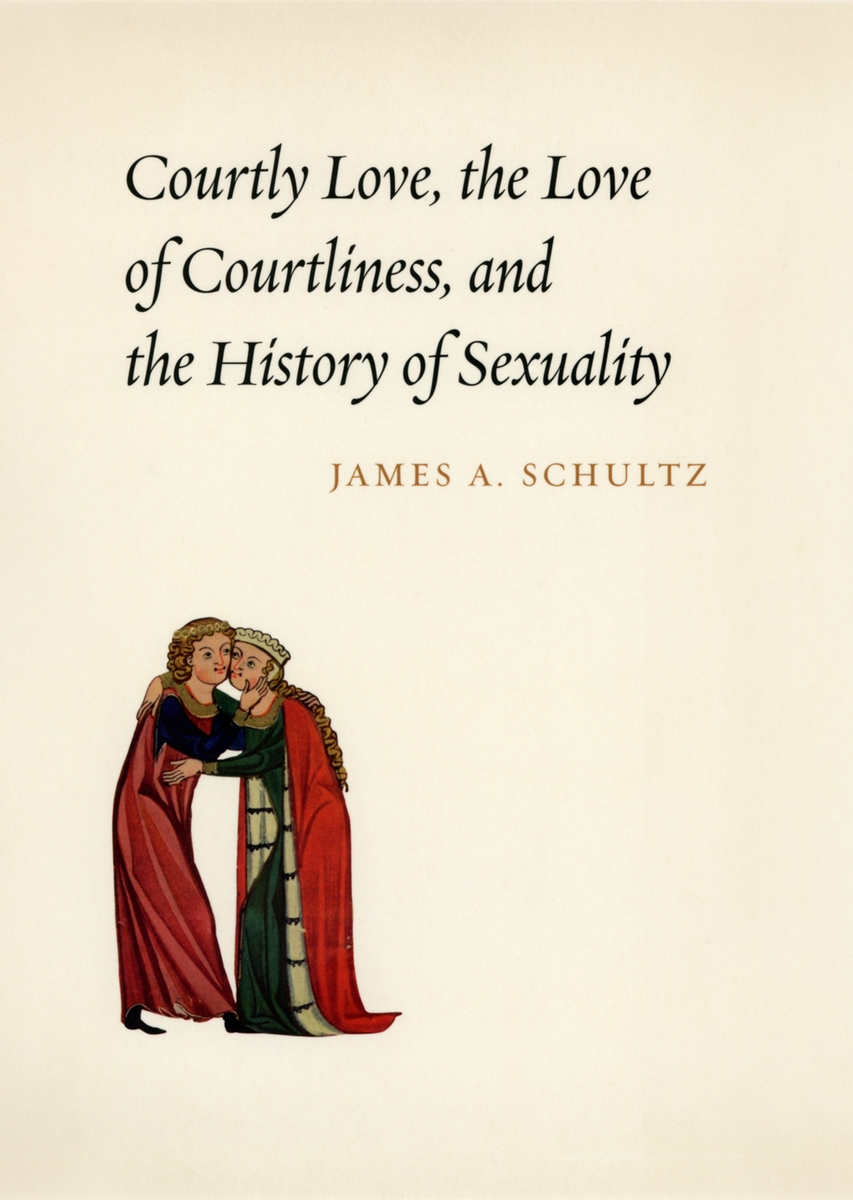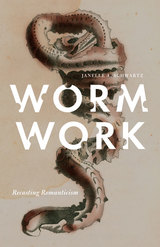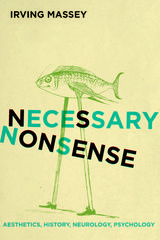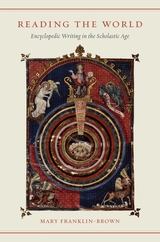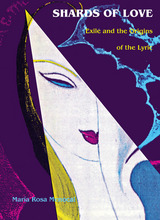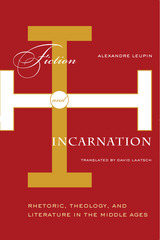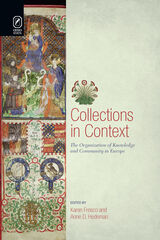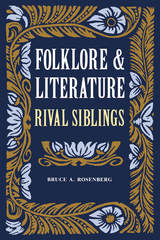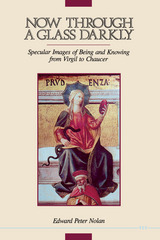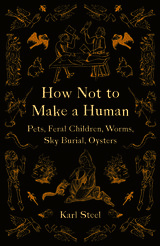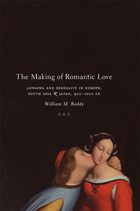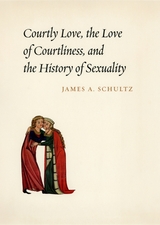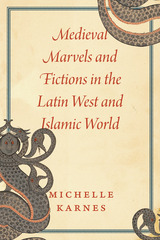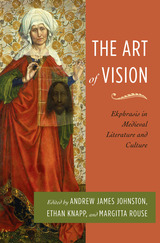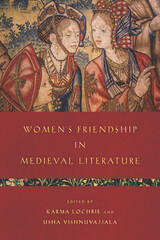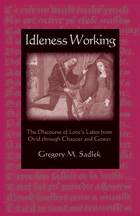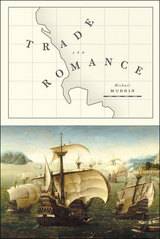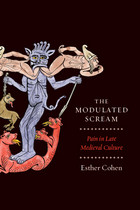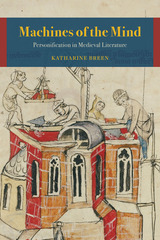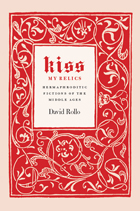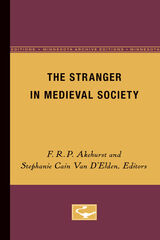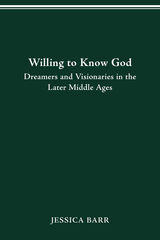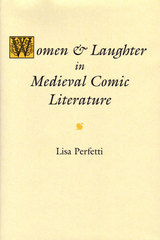Courtly Love, the Love of Courtliness, and the History of Sexuality
University of Chicago Press, 2006
Cloth: 978-0-226-74089-8
Library of Congress Classification PN682.C6S38 2006
Dewey Decimal Classification 809.9335430902
Cloth: 978-0-226-74089-8
Library of Congress Classification PN682.C6S38 2006
Dewey Decimal Classification 809.9335430902
ABOUT THIS BOOK | AUTHOR BIOGRAPHY | REVIEWS | TOC | REQUEST ACCESSIBLE FILE
ABOUT THIS BOOK
One of the great achievements of the Middle Ages, Europe’s courtly culture gave the world the tournament, the festival, the knighting ceremony, and also courtly love. But courtly love has strangely been ignored by historians of sexuality. With Courtly Love, the Love of Courtliness, and the History of Sexuality, James Schultz corrects this oversight with careful analysis of key courtly texts of the medieval German literary tradition.
Courtly love, Schultz finds, was provoked not by the biological and intrinsic factors that play such a large role in our contemporary thinking about sexuality—sex difference or desire—but by extrinsic signs of class: bodies that were visibly noble and behaviors that represented exemplary courtliness. Individuals became “subjects” of courtly love only to the extent that their love took the shape of certain courtly roles such as singer, lady, or knight. They hoped not only for physical union but also for the social distinction that comes from realizing these roles to perfection. To an extraordinary extent, courtly love represented the love of courtliness—the eroticization of noble status and the courtly culture that celebrated noble power and refinement
Courtly love, Schultz finds, was provoked not by the biological and intrinsic factors that play such a large role in our contemporary thinking about sexuality—sex difference or desire—but by extrinsic signs of class: bodies that were visibly noble and behaviors that represented exemplary courtliness. Individuals became “subjects” of courtly love only to the extent that their love took the shape of certain courtly roles such as singer, lady, or knight. They hoped not only for physical union but also for the social distinction that comes from realizing these roles to perfection. To an extraordinary extent, courtly love represented the love of courtliness—the eroticization of noble status and the courtly culture that celebrated noble power and refinement
See other books on: Courtly love in literature | Literature, Medieval | Medieval | Schultz, James A. | Sex in literature
See other titles from University of Chicago Press
